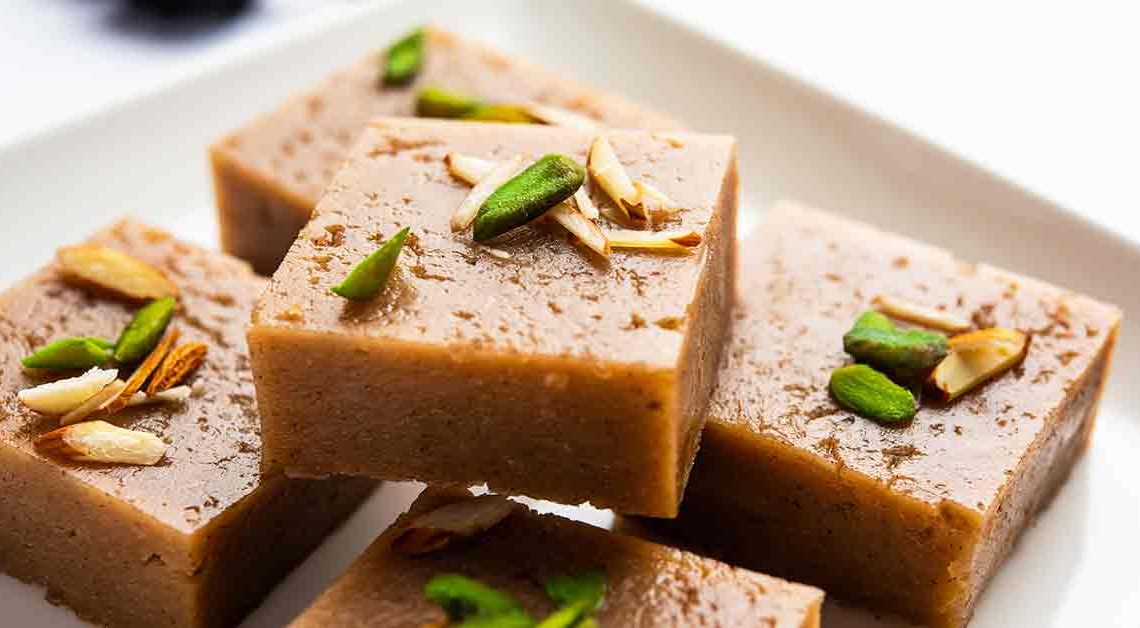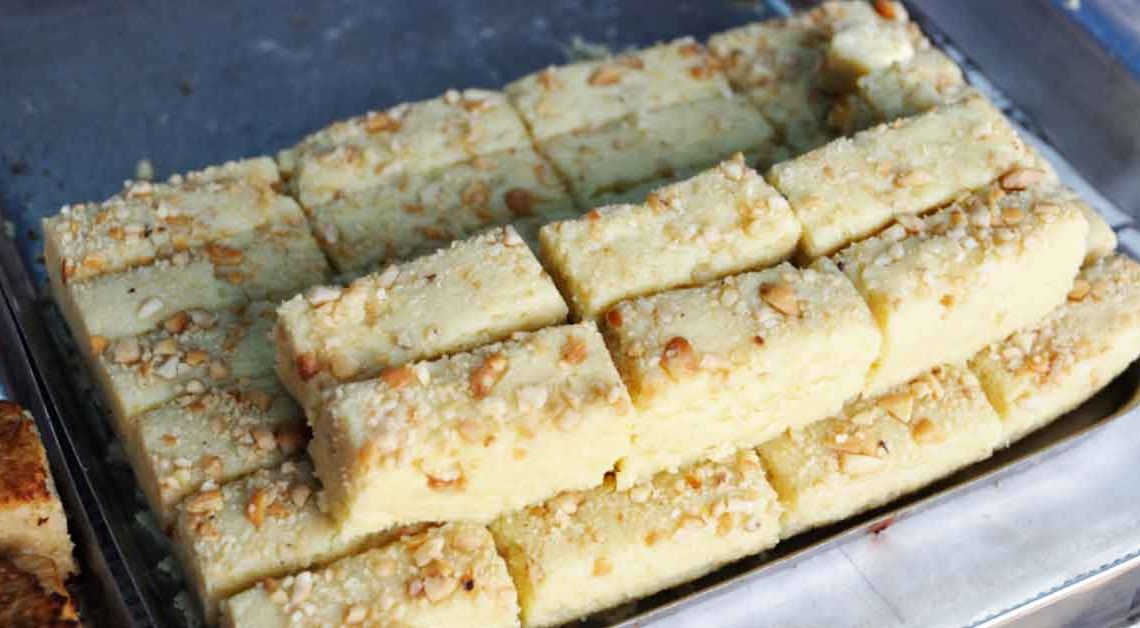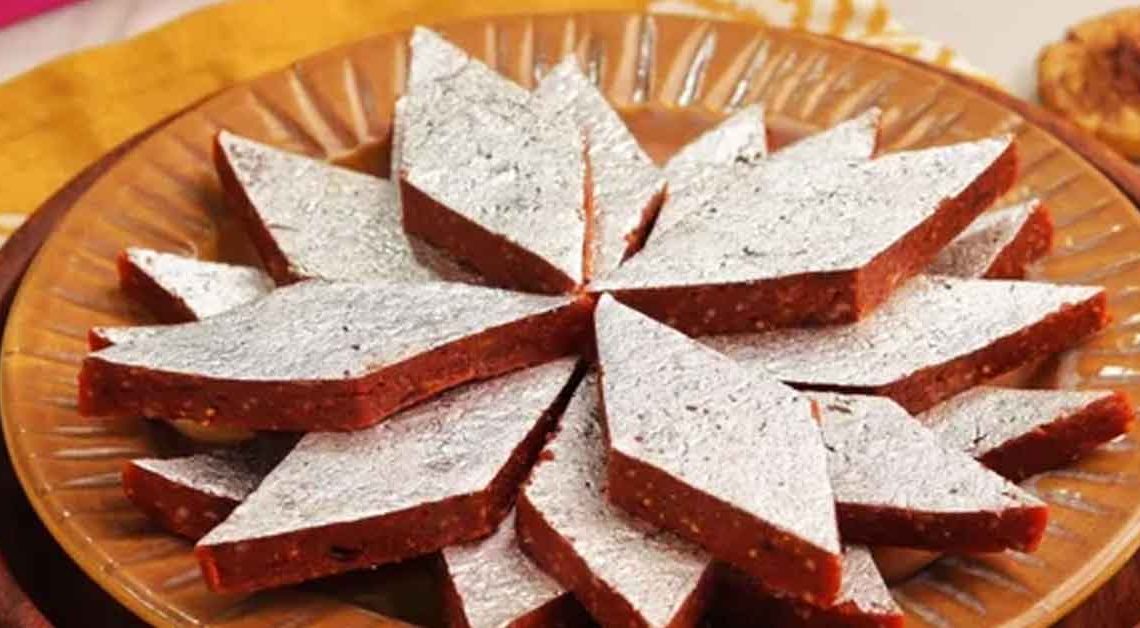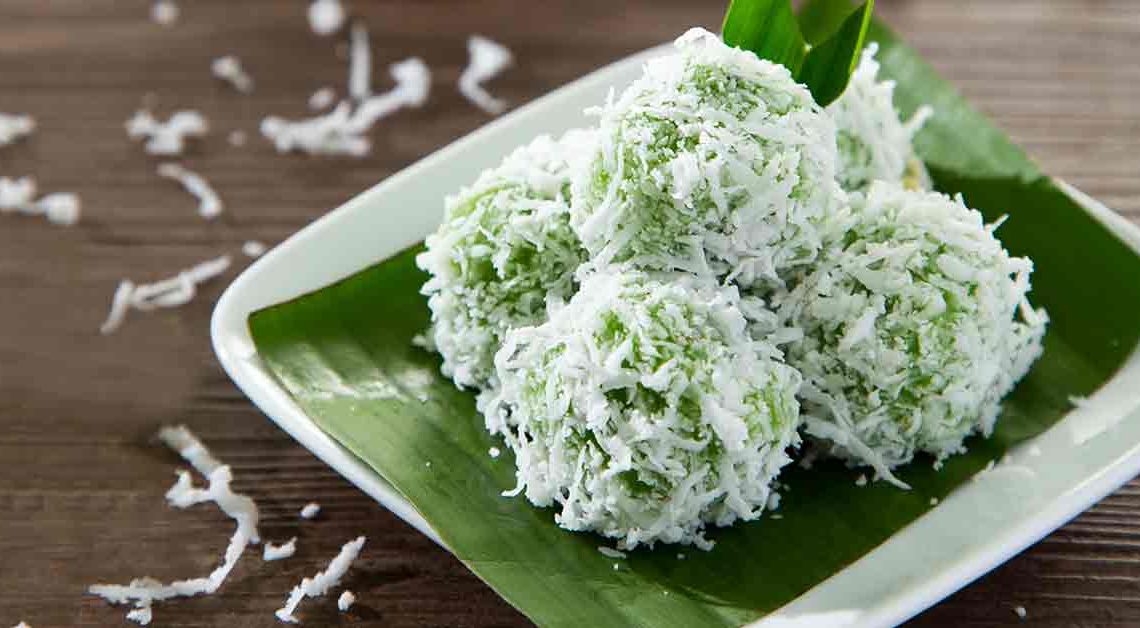The Sweet Saga of Singhara Barfi

Welcome to Mithainama! the aromatic world of Indian sweets, where every bite is a celebration of flavors! Today, we’re diving deep into the heart of a classic Indian dessert – Singhara Barfi. This delectable treat, known for its irresistible taste and rich history, is a true gem in the world of Indian sweets.
Imagine a delicate balance of earthy Singhara (water chestnut) flour, ghee, and sugar, resulting in a melt-in-your-mouth experience that’s both sweet and slightly nutty. It is not just a dessert; it’s a piece of tradition, a symbol of festivity, and a testament to the culinary diversity of India.
In this culinary journey, we’ll explore the origins of Singhara Barfi, its cultural significance, and the interesting facts that create this dessert masterpiece right on your own. We’ll unveil secret variations that will elevate your dessert game, making you the star of your next festive gathering.
Get ready to embark on a flavorful adventure as we delve into the mesmerizing world of Singhara Barfi.
Origin of Singhara Barfi
Singhara Barfi, also known as Water Chestnut Barfi, is a delightful Indian sweet with a fascinating history deeply rooted in traditional Indian cuisine. This sweet treat hails from the northern regions of India, particularly Uttar Pradesh and parts of Bihar, where it is often prepared during festivals and special occasions.
The origins can be traced back to the cultural and culinary heritage of northern India. It is believed to have been created by skilled cooks and sweet-makers in royal kitchens and households as a delectable treat for the aristocracy and nobility during various festivities. Over time, the recipe has been passed down through generations, evolving into the beloved dessert it is today.
It is not only cherished for its exquisite taste but also for its unique texture and the labor-intensive process of making it. The Singhara flour is mixed with ghee (clarified butter), sugar, and sometimes flavored with cardamom or garnished with chopped nuts to enhance its taste and visual appeal.
History of Singhara Barfi
Singhara Barfi, a delectable Indian sweet, has a rich history steeped in tradition and culinary heritage. Originating in the northern regions of India, particularly Uttar Pradesh and Bihar, this sweet delicacy has been enjoyed for generations.
The roots can be traced back to ancient times when water chestnuts, known as Singhara in Hindi, were readily available in the region’s freshwater bodies. Singhara flour, the primary ingredient, was created by grinding these starchy nuts, providing a unique flavor and texture to the sweet.
Over centuries, the recipe gradually spread beyond royal circles, becoming a cherished part of regional cuisine. Families started preparing it in their homes, passing down their own secret variations and techniques.
Today, barfi remains an integral part of Indian culinary culture. It is especially popular during festivals like Navratri and Diwali, symbolizing the essence of traditional Indian sweets. This sweet’s enduring popularity reflects not only its delicious taste but also its enduring connection to the rich history and cultural tapestry of India. It continues to bring joy and sweetness to countless celebrations and gatherings across the country.
Cultural Significance
Singhara Barfi holds significant cultural importance in the Indian culinary landscape. This delectable sweet is more than just a dessert; it symbolizes traditions, festivals, and the spirit of togetherness in Indian culture. Here are some aspects of its cultural significance:
Festive Celebrations: It is a quintessential part of Indian festivals, particularly during Navratri and Diwali. These sweets are exchanged among friends and family as a symbol of joy and celebration. They are often offered to deities as a form of devotion and blessings.
Religious Significance: In Hinduism, water chestnuts (Singhara) have religious significance. They are considered pure and are often offered in prayers and rituals. Barfi, made from Singhara flour, reflects this sacred connection and is consumed with reverence during religious ceremonies.
Seasonal Delicacy: Singhara nuts are typically harvested during the winter months. Therefore, Singhara Barfi as well as Beetroot Barfi also marks the arrival of the winter season in India. It is a way of celebrating the changing seasons and the bountiful harvest.
Where is Singhara Barfi Famous?
Singhara Barfi is primarily famous in northern regions of India, particularly in states like Uttar Pradesh and Bihar. These states are known for their rich culinary traditions, and Singhara Barfi is a beloved sweet delicacy in this part of the country.
Uttar Pradesh: It is particularly popular in Uttar Pradesh, especially during festivals like Diwali and Navratri. The state’s vibrant sweet culture and expertise in creating delectable Indian sweets have contributed to the fame of it. Cities like Varanasi, Lucknow, and Agra are renowned for their traditional sweets.
Bihar: In Bihar, it is a cherished sweet that is often prepared and enjoyed during special occasions and festivals. It is part of the state’s rich culinary heritage and is relished by both locals and visitors.
While it is most famous in northern India, its popularity has spread to other parts of the country due to its delightful taste and cultural significance.
Interesting Facts and Trivia
Certainly! Here are some interesting facts and trivia related to Singhara Barfi:
- It is made from Singhara flour, which is a unique ingredient derived from water chestnuts. This flour is gluten-free and is often used as a substitute for regular wheat flour in various Indian sweets, especially during fasting periods.
- Singhara (water chestnuts) are not only delicious but also nutritious. They are rich in vitamins, minerals, and antioxidants. Singhara Barfi, when consumed in moderation, can be a healthier sweet option compared to some other Indian desserts.
- While the classic barfi is flavored with cardamom, creative variations include the addition of ingredients like saffron, rose water, or even cocoa powder to create different flavors and color profiles.
- Different regions of India have their own unique versions of Singhara Barfi. For example, in some areas, it may be known as “Singhara Ki Barfi” or “Singhara Burfi,” and local ingredients and techniques can vary.
- It is often exchanged as gifts during festive occasions and weddings, symbolizing well-wishes and blessings. It plays a role in strengthening social bonds and expressing goodwill.
Did You Know?
Did you know? Singhara Barfi, beyond its delightful taste, offers a host of health benefits when consumed in moderation:
- It is naturally gluten-free, making it a suitable sweet option for those with gluten sensitivities or celiac disease.
- It is relatively low in saturated fats compared to some other traditional Indian sweets, making it a healthier choice for those watching their fat intake.
- Singhara flour used in the barfi is a good source of essential nutrients, including potassium, fiber, and several B vitamins.
- The complex carbohydrates in it provide sustained energy, making it an excellent choice for a quick energy boost during fasting or as a snack.
- Water chestnuts, the key ingredient, are known for their cooling properties, which can be particularly refreshing during hot weather.







